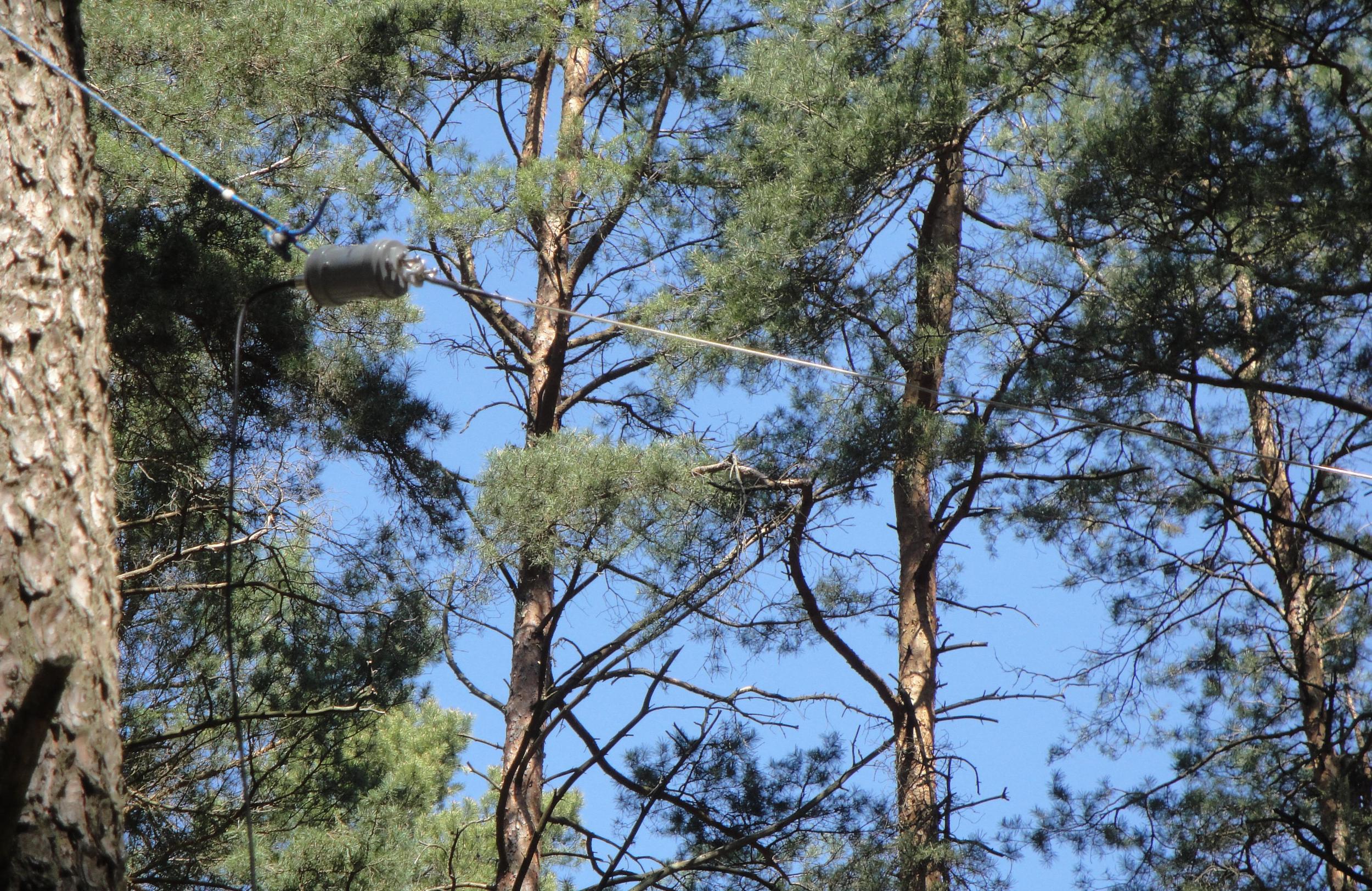Live, off-air, approximately one-hour recording of the clandestine station Radio Free Gambia on 22 April 2016 beginning at about 19:00 UTC on a shortwave frequency of 15465 kHz. According to a registration at the High Frequency Coordination Conference, this broadcast, aired on Fridays in the time slot 19:00-20:00 UTC, originates from a 100 kW transmitter of TDF in Issoudun, France. The antenna beam direction is 207 degrees towards the western part of west Africa.
The broadcast begins with the Gambian national anthem, "For The Gambia Our Homeland," followed by a recorded political monologue in English. The program ends in mid-sentence at about 19:56 UTC.
Radio Free Gambia is associated with the Gambia Broadcasting Project (www.facebook.com/GBroadcastProject), "[s]haring facts and truth about Gambia over Short Wave Radio."
The broadcast was received by the Web-interface wideband software-defined radio at the University of Twente in Enschede, The Netherlands, with a "Mini-Whip" antenna in AM mode with 5.09 kHz RF filtering. Reception was fair with some noise, improving slightly towards the end of the broadcast.






















